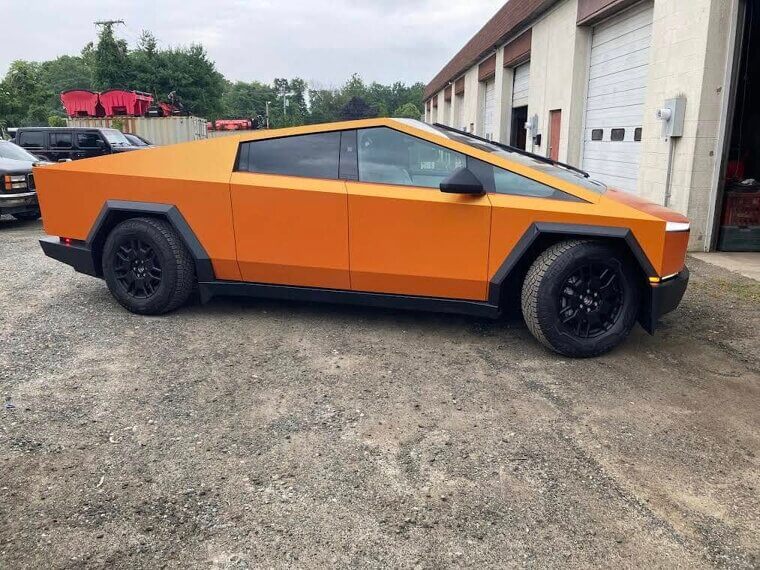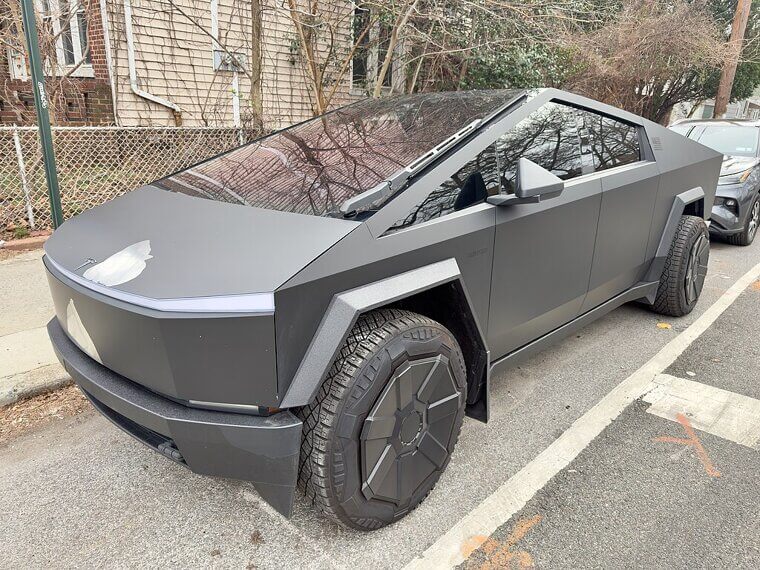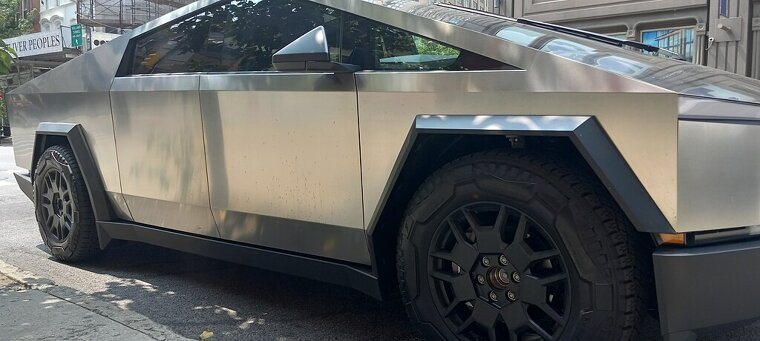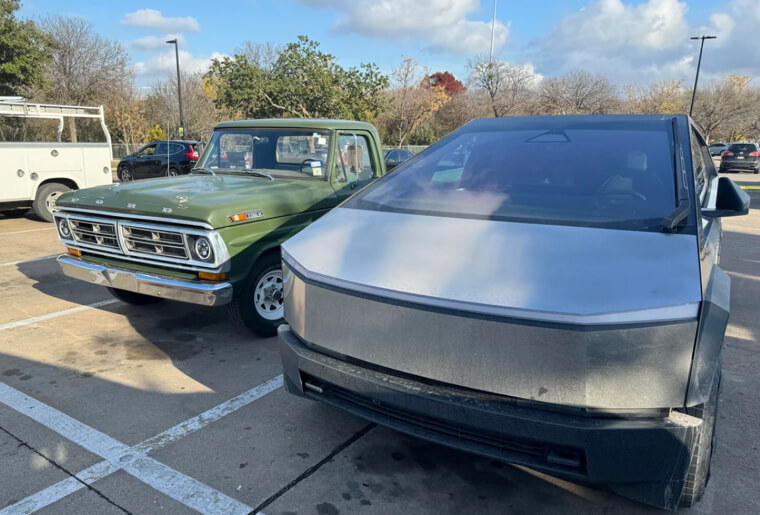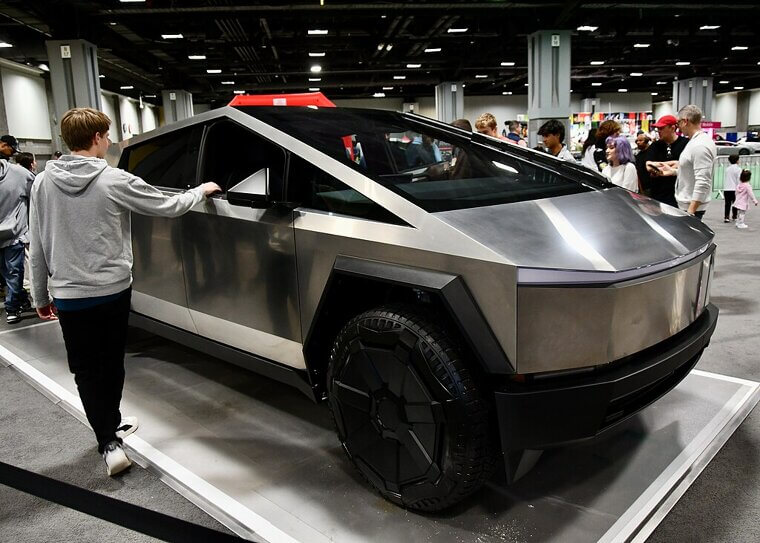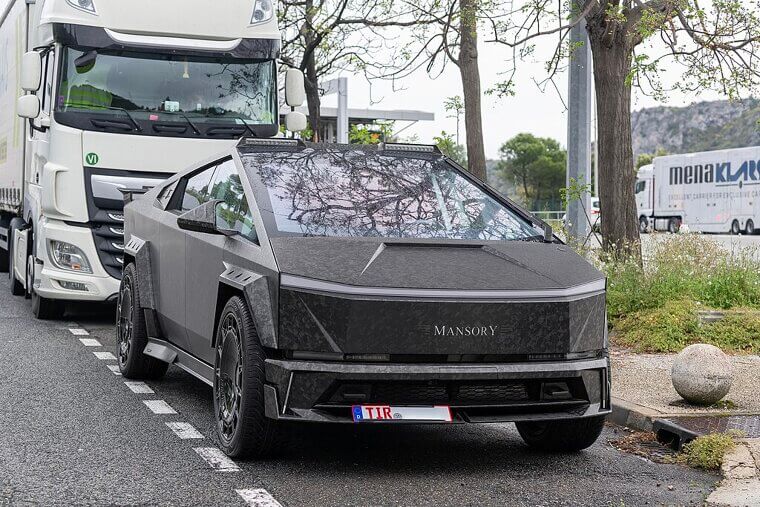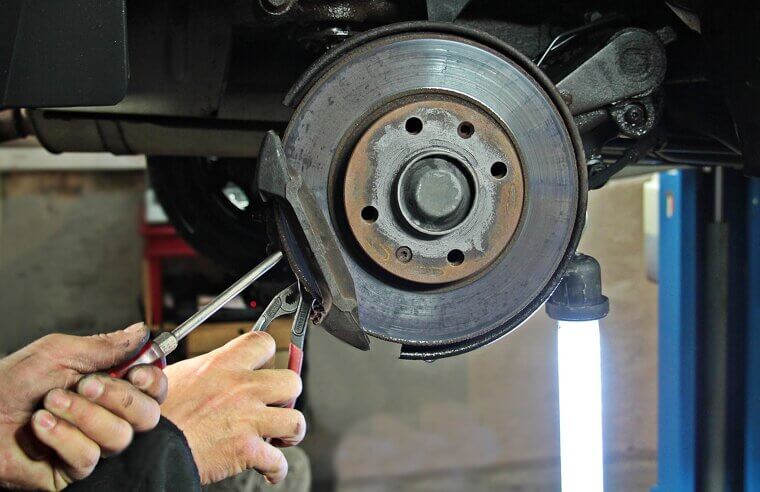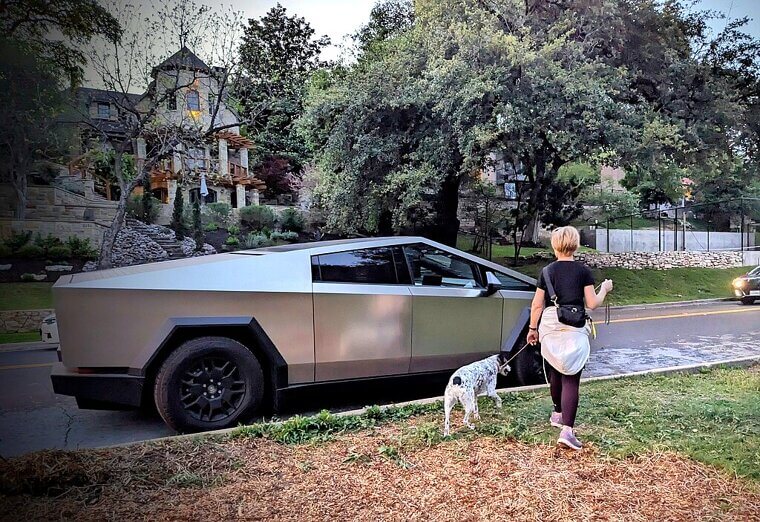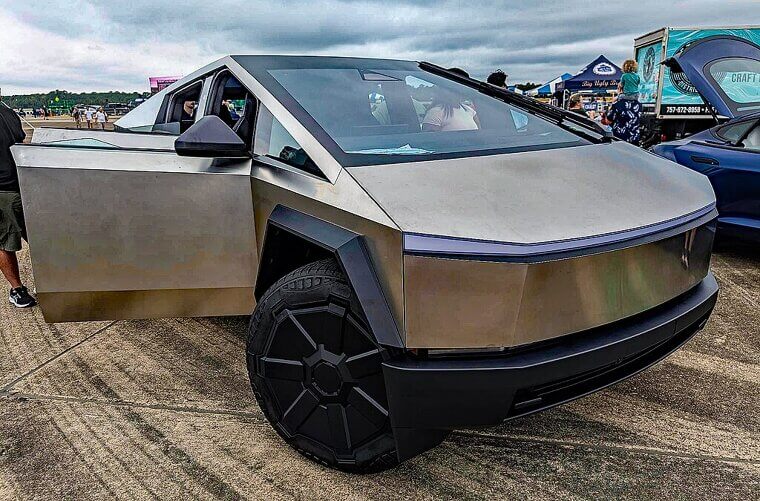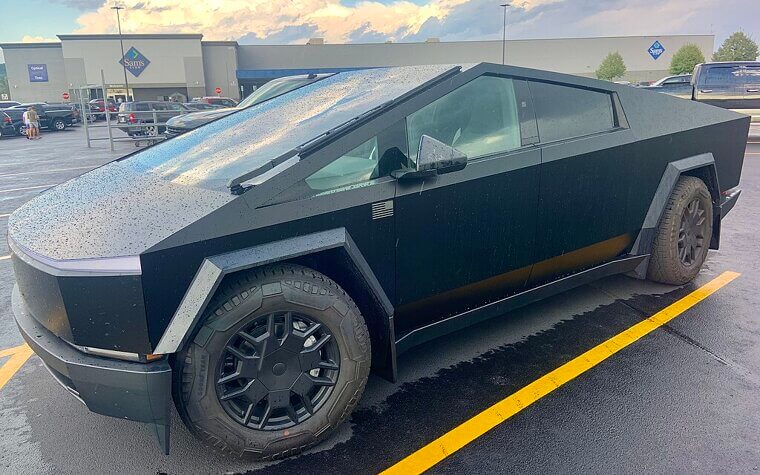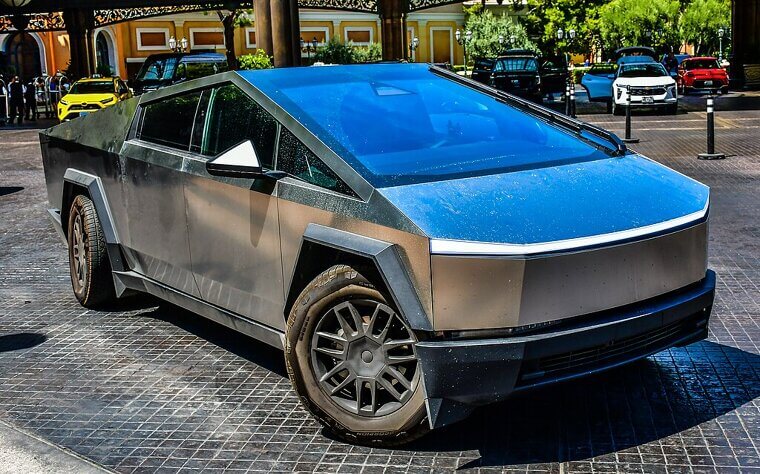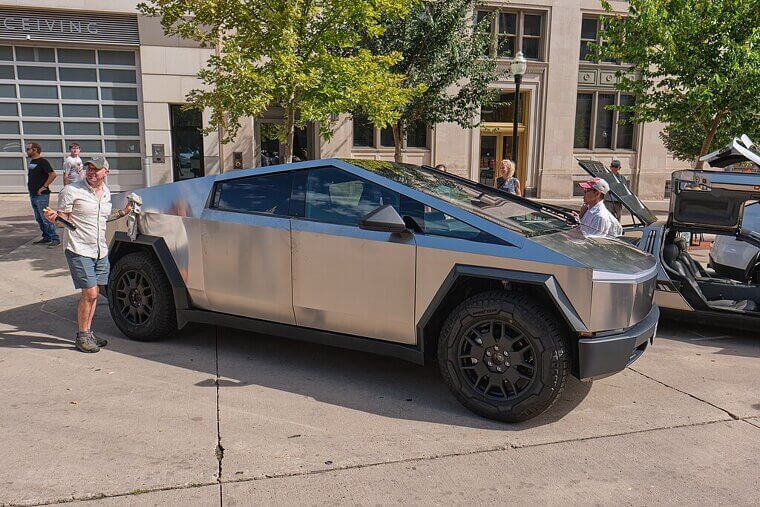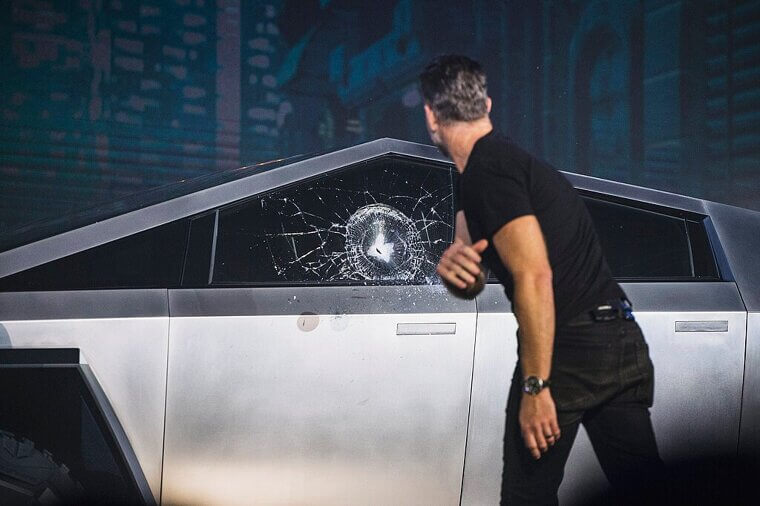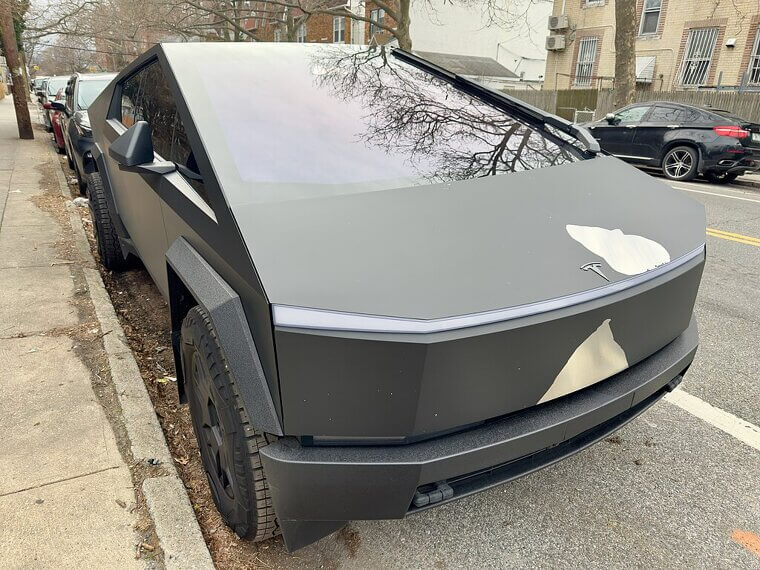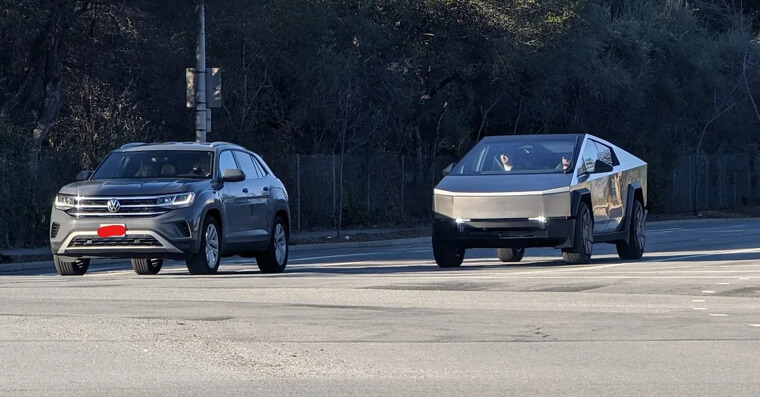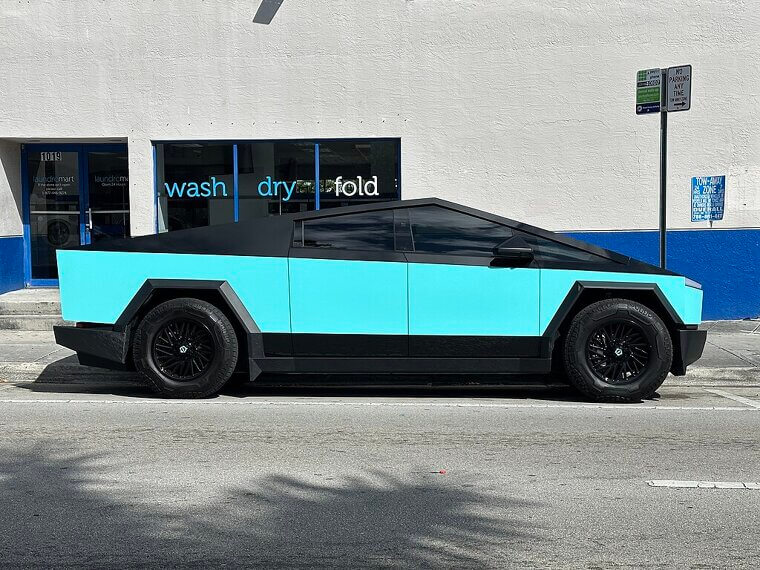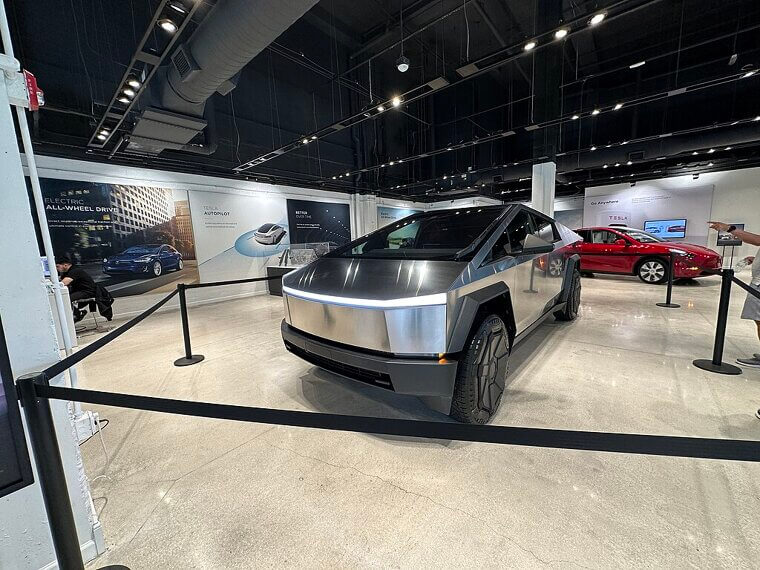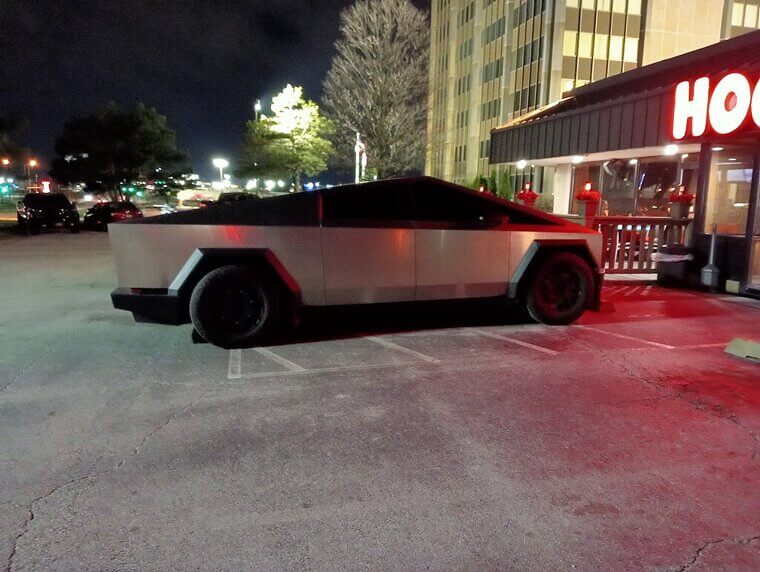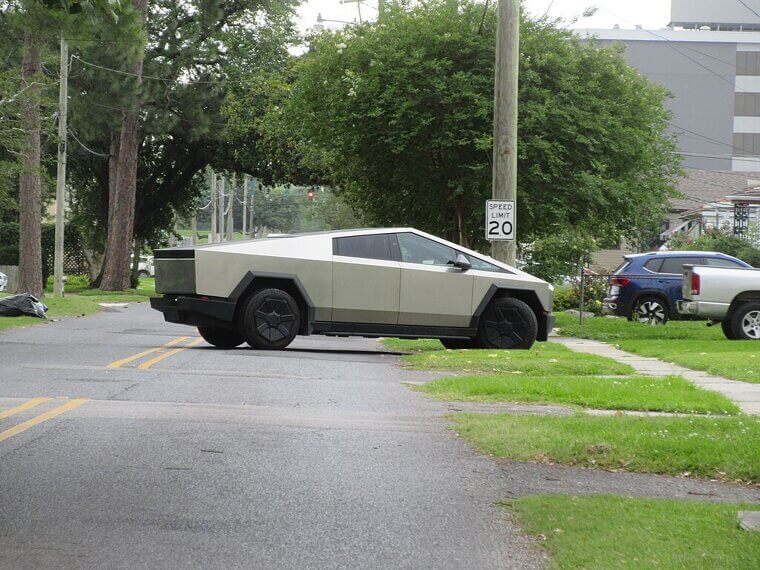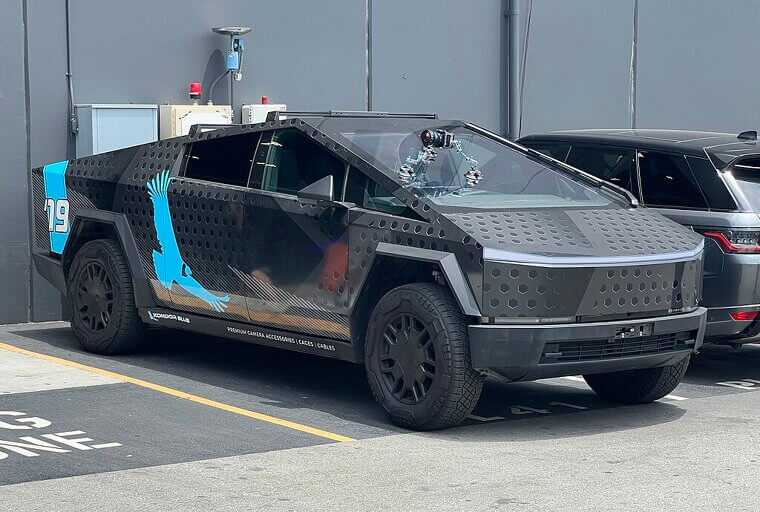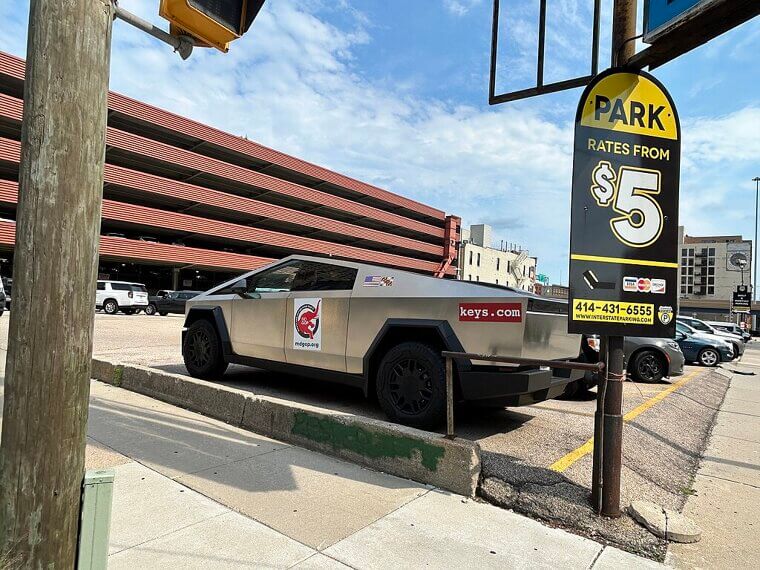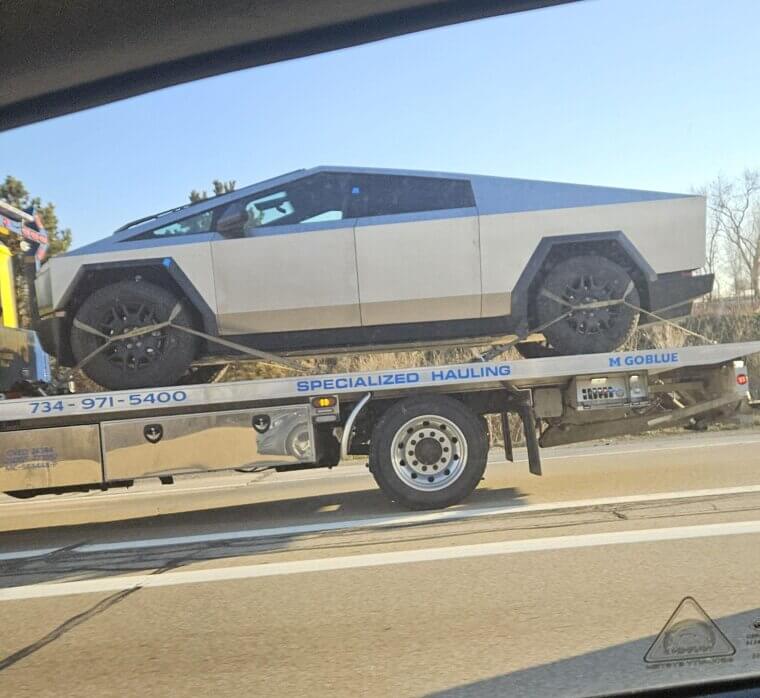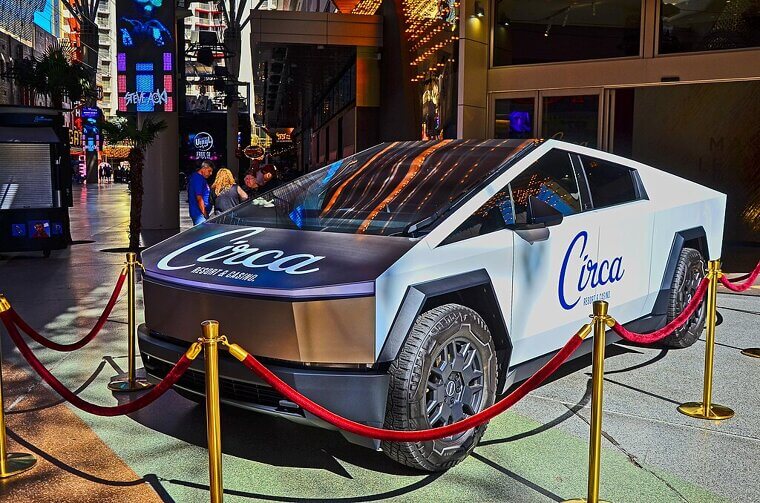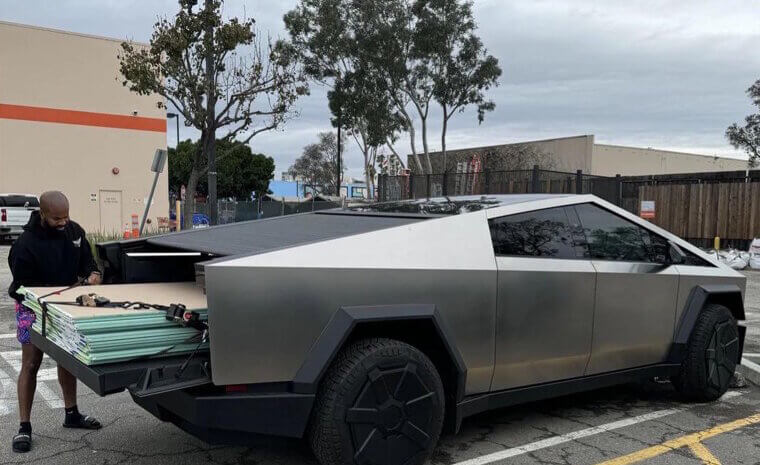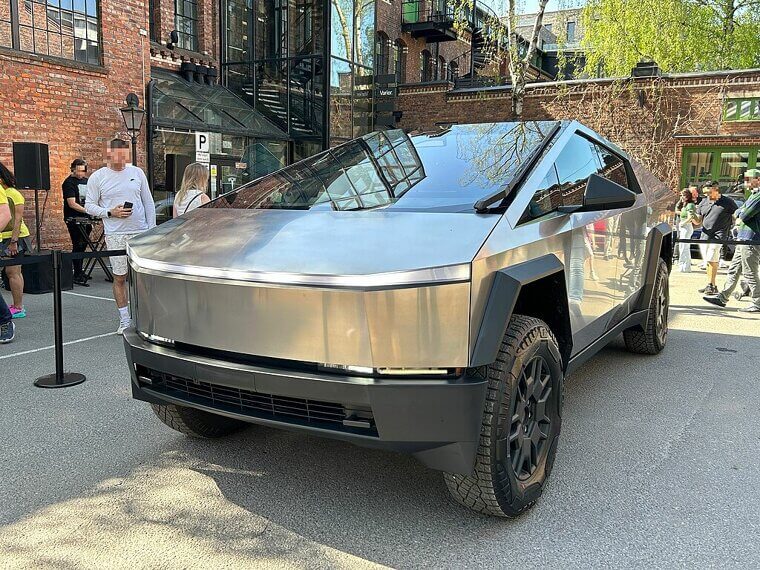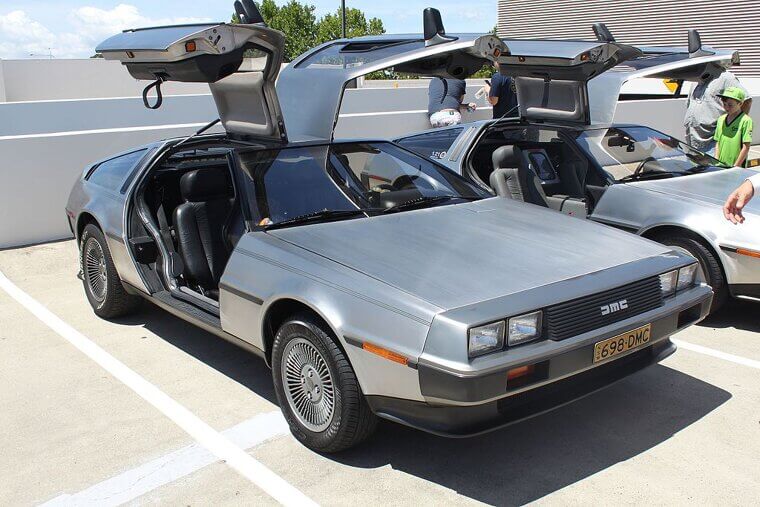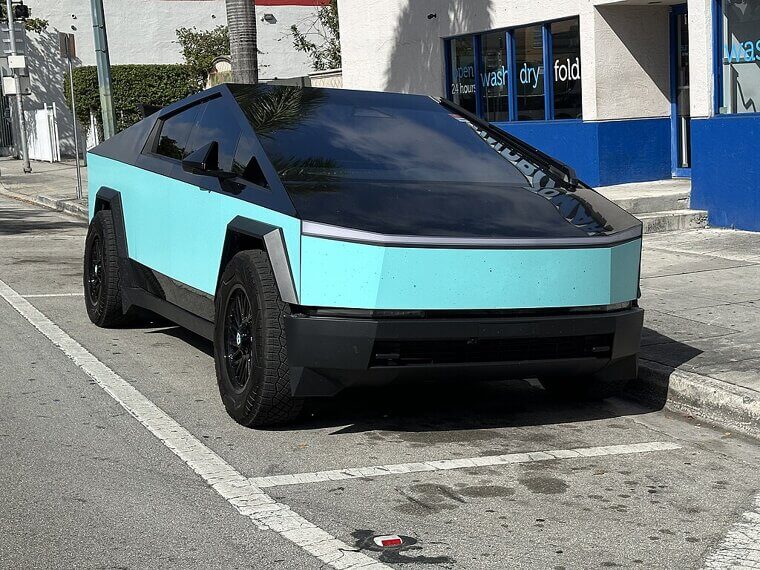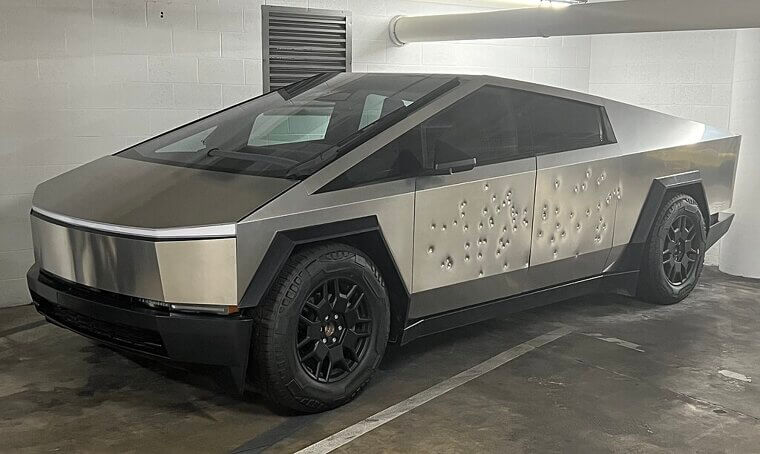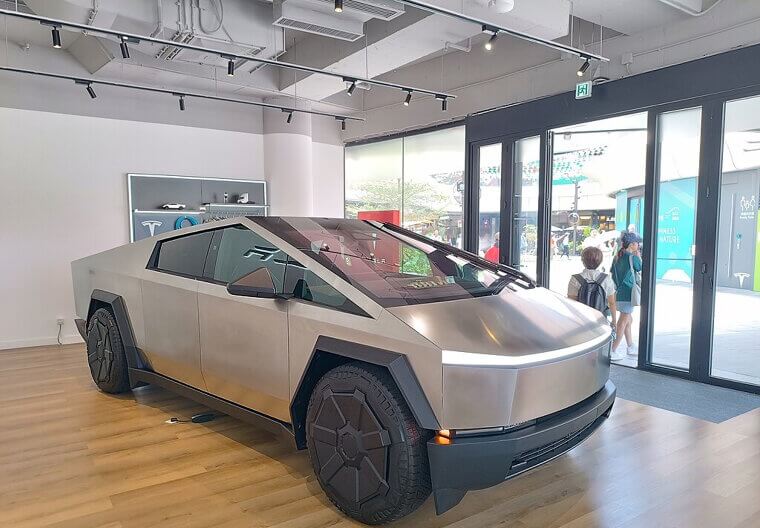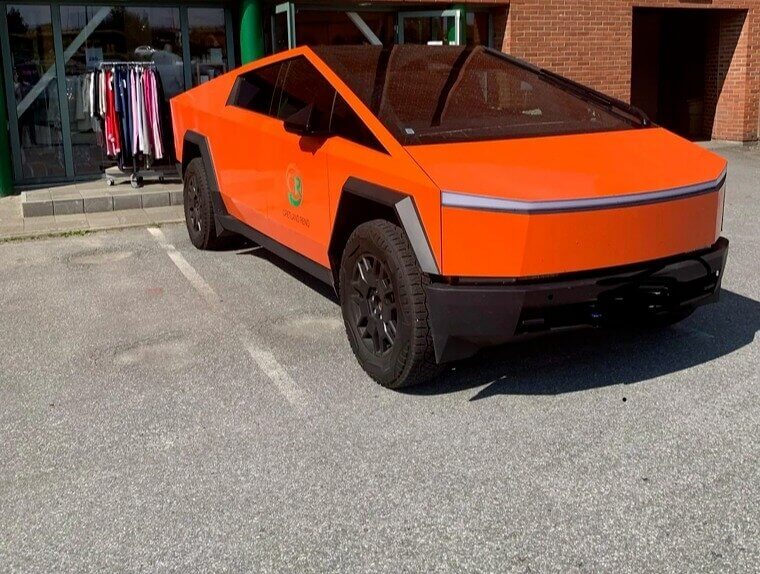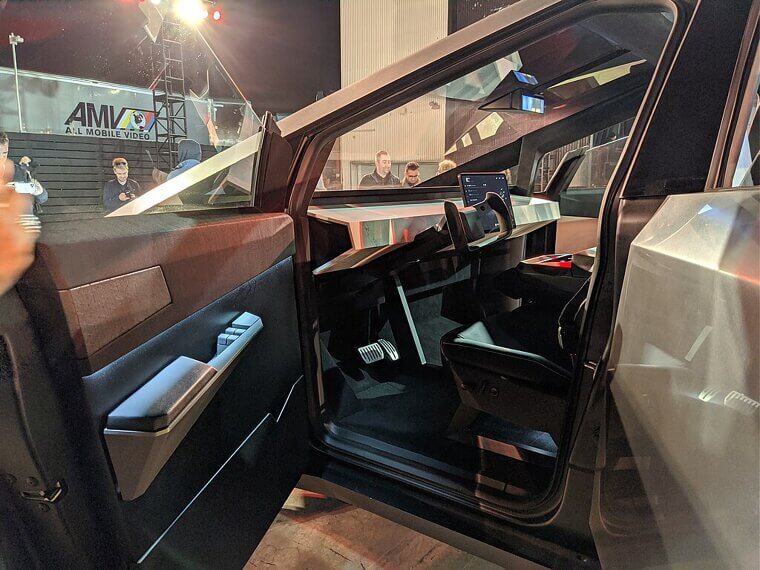Why Rust Is Appearing on Tesla’s Stainless Steel Cybertrucks
Tesla billed the Cybertruck as an indestructible stainless steel hauler immune to rust, but owners quickly discovered orange freckles on their shiny new trucks. Stainless steel isn’t a magic shield; it just resists rust… when pampered. Here’s why your futuristic pickup looks prematurely “vintage.”
Stainless Steel Isn’t Rust-Proof, Just Rust-Resistant
“Stainless” doesn’t mean “forever flawless!” Stainless steel contains chromium, which forms a protective oxide layer, but when scratched, exposed to salt or neglected, rust creeps in. The Cybertruck’s bare panels offer no forgiving paint layer, so every scuff and chip is an invitation to corrosion.
Tesla’s Alloy Choice Is Unorthodox
Instead of a traditional car alloy, Tesla chose a hard, cold-rolled stainless steel more common in rocket parts. It’s strong, but notoriously difficult to shape and finish. That makes rust spots and imperfections more obvious (and harder to buff out without messing up your truck).
Lack of Paint or Clear Coat
While most vehicles get layers of primer, paint, and clear coat to protect the body, Tesla left the Cybertruck raw, meaning there’s nothing between the steel and the elements. Drivers expecting low maintenance are in for a rude, rusty awakening when they skip wash day.
Fingerprints & Smudges Trap Contaminants
Every handprint on your Cybertruck is a little chemistry experiment waiting to happen. Oils, salts, and dirt from fingers (or gloves!) can cling to the brushed finish, slowly breaking down the protective layer. Instead of sleek sci-fi, you get a $90,000 fingerprint magnet.
Tiny Scratches Become Rust Highways
That distinctive brushed finish looks cool; however, it creates microscopic grooves that trap road grime. Every brush with gravel - or even a gritty sponge - can make tiny scratches, which become superhighways for rust.
No Galvanization Layer
Traditional cars get a zinc galvanization coat under the paint for extra protection. Tesla skipped it entirely. Without that sacrificial shield, there’s no safety net when the chromium layer gets compromised. Once rust appears, it spreads faster, because the metal beneath has zero backup defense.
Cybertruck Panels Are Hard to Repair
Cold-rolled stainless steel is so tough that fixing dents or scratches is a nightmare. Body shops need special tools, and many won’t touch it, so a small scratch can stay untreated longer and corrosion accelerates.
Poor Panel Gaps Let in Road Debris
Tesla’s build quality has been a meme for years, and the Cybertruck isn’t immune. Misaligned gaps allow dirt, water, and salt to wedge into places you’ll never reach with a sponge. That trapped gunk acts like sandpaper and accelerates rust, giving your truck permanent cavities.
Winter Road Salt Is a Stainless Killer
Road salt is the arch-nemesis of stainless steel. It’s corrosive, clings to every crevice, and breaks down protective layers. Combine bare steel with icy winters, and Cybertrucks become rolling science experiments in rust chemistry.
Cybertruck’s Sharp Edges Collect Moisture
The Cybertruck’s bold, geometric design looks like a Blade Runner concept car, but sharp angles and flat planes are perfect for pooling water. Those puddles sit, corrode, and stain the finish; the truck’s own aesthetic is unintentionally helping rust win the fight.
Tesla Chose Cost Over Coatings
Skipping protective paint or coatings wasn’t just a design flex, it was a cost-cutting move. Coatings add time, money, and complexity. Tesla decided bare metal was “cool enough,” but that decision left Cybertrucks exposed. Now, owners are paying the price (literally) for the minimalist, industrial vibe.
Inconsistent Brushing Quality
The Cybertruck’s brushed finish is part of its sci-fi appeal, but Tesla’s brushing isn’t always uniform. Panels can come out with streaks, swirls, or even bare spots where the protective chromium layer is thinnest. Those flaws aren’t just aesthetic; they’re future rust playgrounds.
Mass Production Challenges
Tesla has never mass-produced a stainless-steel-bodied vehicle before, and scaling that up quickly has consequences. Stainless is notoriously difficult to stamp, bend, and polish. The rush to meet demand means more panels slip through with imperfections, each one a tiny corrosion starter kit.
Rushed Deliveries Show Quality Flaws
The Cybertruck launch was all about speed, with Tesla eager to get trucks on the road. But rushing production left little time for quality checks. Owners receiving trucks with scratches or weld marks aren’t unlucky - they’re early participants in Tesla’s “ship now, fix later” culture.
Limited Stainless Experience
Most automakers have decades of experience working with paint, galvanization, and coatings… not raw stainless steel! Tesla is learning as it goes, which means early adopters are beta testing everything from panel treatment to cleaning recommendations. Rust is an expensive side effect of the steep learning curve.
Supplier Variability
With Cybertruck demand skyrocketing, Tesla relies on multiple suppliers for raw stainless steel. Variations in quality, finishing, or even shipping methods can introduce inconsistencies. One batch of panels may hold up fine, while another could show spots within weeks.
No Dealer Network for Early Care
Traditional automakers have dealers who offer detailing, rustproofing, and early maintenance packages, but Tesla has no such safety net. Early Cybertruck owners are on their own, often without official guidance. The result is delayed care, incorrect cleaning methods, and a faster path to corrosion.
Minimal Corrosion Testing
Tesla didn’t put the Cybertruck through the years of salt-spray chambers and climate simulations that legacy automakers use. Stainless steel was assumed to “just work.” Now, real-world owners are discovering what happens when that assumption meets road salt, grime, and Midwest winters.
Factory Storage Issues
Reports of Cybertrucks sitting outside in holding lots before delivery raise eyebrows. Stainless steel is tough, but prolonged exposure to rain and contaminants without proper prep means many trucks could start rusting before they even hit a driveway.
Tesla’s Silicon Valley Culture
Tesla treats cars like software: ship fast, fix later. But rust doesn’t work that way - there’s no over-the-air update to patch corroded panels. This tech startup mindset clashes with the realities of metallurgy, and Cybertruck owners are experiencing the cultural disconnect (with frequent polishing sessions).
DIY Polishing Can Backfire
Trying to polish your Cybertruck without the right technique is a rookie mistake. Scrubbing too hard or using the wrong chemicals can remove the chromium oxide layer, leaving raw steel vulnerable. That ambitious DIY shine can quickly turn into an “oops, now it’s rusting” moment.
Urban Pollution Speeds Corrosion
Cities aren’t kind to bare metal; acid rain, brake dust, and airborne pollutants attack the steel surface relentlessly, and even stainless steel isn’t immune when the air is this aggressive. Your futuristic pickup isn’t just dodging traffic - it’s dodging a date with corrosion.
Off-Roading Worsens Exposure
Tesla markets the Cybertruck as a rugged, off-road-ready machine, but adventure has a price. Rocks, mud, and scratches damage the protective oxide layer. That tiny nick in the steel quickly becomes a micro-rust hub. Fun in the dirt equals accelerated patina for your “stainless” panels.
Pressure Washing Can Strip Oxide Layers
Overzealous cleaning with high-pressure washers isn’t harmless. Forceful water can remove the thin oxide layer protecting the steel. It’s a classic case of “trying to help but actually hurting,” turning your $90k truck into a sponge for rust instead of a rainproof bastion.
Poor Storage Practices
Leaving a Cybertruck outside in humid or coastal conditions is basically inviting rust to a tea party. Shade helps, garages help more, and ignoring both leaves your futuristic pickup at the mercy of moisture, airborne salts, and sneaky pollutants.
Owners Skipping Maintenance
Even with stainless steel, ignoring basic care is a recipe for corrosion. Skipping washes, inspections, or minor repairs allows contaminants to sit and work their chemistry magic. Stainless steel is tough, but it’s not a superhero; neglect will show, one orange speck at a time.
Wraps and Coatings Void Warranty
Many owners think vinyl wraps or aftermarket coatings are a clever solution, but Tesla warns that some modifications can void your warranty. That means protective hacks become risky business, leaving the panels fully exposed, unshielded, and ready to show off early signs of rust.
Daily Driving Means More Debris
Every commute exposes the Cybertruck to grit, road salt, bugs, and tiny rocks. Without paint or clear coat, these everyday nuisances scratch and erode the oxide layer. Rust doesn’t need drama - it thrives quietly, showing up on your shiny, futuristic panels like an uninvited guest.
Minimal Owner Education
Tesla’s manual barely covers cleaning and protective care, leaving many owners confused about proper maintenance. “Stainless is forever” is the myth, and reality bites when those first orange spots appear. Drivers are left scrambling for tips, online hacks, or hoping that rust somehow solves itself.
Stainless Steel Cars Aren’t New
The Cybertruck isn’t the first shiny stainless experiment. Remember the DeLorean DMC-12? That “rust-proof” dream also got a reality check. Stainless steel has limits, and history proves even futuristic designs can orange-spot over time. Cybertruck owners are just the latest in a long line of over-optimistic early adopters.
Few Owners Apply Protective Coatings
Many Cybertruck owners assume “stainless” means zero upkeep, but protective coatings like wax or sealants can slow corrosion. Most drivers skip them, resulting in bare panels exposed to the elements, slowly turning that futuristic fortress into an accidental art project in orange.
Marketing Oversold “Bulletproof” Panels
Tesla’s promo made it sound indestructible: bullets, dents, rust… nothing could touch it. The reality? Marketing exaggerations don’t change chemistry. Those “bulletproof” panels still have vulnerabilities, and corrosion is winning quietly.
Stainless Steel Needs Special Care
Bare metal isn’t a “set it and forget it” surface. Polishing, protective coatings, and careful cleaning are all part of keeping rust at bay. Owners ignoring these steps discover that even stainless steel demands attention, like a high-maintenance pet disguised as a futuristic pickup.
Cybertruck’s Styling Makes Rust Obvious
Angular panels, flat planes, and reflective surfaces make corrosion more noticeable. Tiny blemishes jump out like a neon sign! Stainless steel might resist rusting faster than mild steel, but the design guarantees every imperfection is fully on display, making early patina impossible to ignore.
Early Adopter Curse
Being first has perks, but it also comes with headaches. Cybertruck early adopters are discovering flaws Tesla hasn’t fully worked out yet. From minor scratches to rust-prone welds, these pioneers are learning that innovation sometimes comes with a side of orange.

